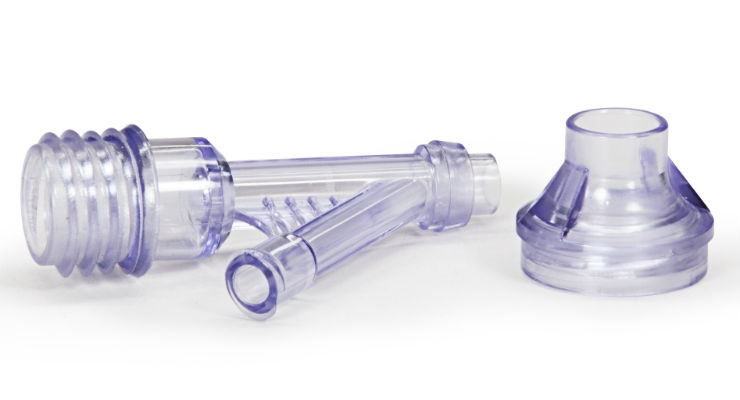We have seen it one too many times in the past. A lot of people don’t ask the right question regarding the origin of the materials used on their projects. The results of such a faux pass always translate in the worst type of results you can get in any plastic injection project. Embracing a project with uncontrolled quality checks on the suppliers of the material used to create your products is not a smart move, and we are to show you why. The ramifications could very well impact the whole project by driving up costs or by having you release a faulty product that will make your company lose face and reputation.
The minute a manufacturer agrees to work on your project, you need to make a point about the quality standards of their suppliers. Most of the times these companies have arrangements with suppliers that have offered them low-cost material for a long time so they can manage to make profits on their projects by working with materials that may not be of the best quality. As you can probably imagine this sets a precedent on the type of products they deliver, and that will rub on your company as well if you share the information regarding your manufacturer. Some products need the upgrade on materials to work correctly so don’t be afraid to ask for something better.

injection molding process, *picture from www.mpo-mag.com
Some of the most common issues faced by any plastic injection molding project done with low-quality materials are the following:
· Rework/Retooling
This is one of the most common problems with any plastic injection molding manufacturer. As they begin production, the test runs come out fine, and everything looks the way it’s supposed. Halfway in the run, we start to see the issues as each piece of the product seems uneven or doesn’t perform the task is supposed to do. This is a sign that a rework or a retool of the main mold is necessary. It can also happen because the materials being used are not the best ones to create the product. Any inconsistency in shape or functionality is usually related to this fact rather than the base structure of the mold
An increasing number of modifications means that even the engineering process might have some issues. Any manufacturing issues that take over 10% of the overall costs of your project is already a sign of a faulty product and very little can be done to salvage that particular run. While some companies can take the hit, others will see their efforts at entrepreneurship fail miserably because of their lack of foresight to prevent this from happening. Reworking and retooling are highly expensive because it takes back the original design to the drawing board and no developer wants to experience that kind of delay.
· Low-Quality Finished Runs
Any plastic injection molding manufacturer can hit it out of the park by having a clean production run with no revisions. But no one is threading on safe waters on that stage yet since the product still needs to be released. All the tests done with prototypes will not prepare you for the blunt reality that offers the first sales and reviews posted online about your product. We have seen it happen before: entrepreneurs with a solid offering and a high profile product have to face angry customers complaining about the durability of their products. Most of the times these problems have everything to do with the material used in the manufacturing process and the lack of testing on their performance.
Many times these decisions are made consciously on the side of the project handler to lower the costs of their products, but rather than look at alternatives that keep a balanced quality, they go for cheap options. This is bad business for the manufacturer and the brand owner. A bad product from a new company still has a chance to save its reputation with a growing customer base and some PR damage control. Established brands have it more difficult since they have to deal with a decreased customer base and the additional expense of money invested in winning back the loyalty of the people leaving.
· Logistical Problems
As a plastic injection molding manufacturer, you should avoid putting the weight of the responsibility on the proper way to handle the material used to create a part, that stage of the manufacturing process should be entirely handled by design and engineering. Your workers should work on the specs and the instructions you give them. A worker who deviates of the basic set of instructions in a project should be a cause of worry for the developer since most of the time. The job of a technician is very mechanical and repetitive. A break from the pattern means that something is not working as it supposed to.
· The Time-Window Gap
The launch of a product is usually set on a tight schedule. If your product undergoes a lot of revisions, it will take away time from the proposed launch date. While delays are often something that is dealt with in very delicate ways by big brands, newcomers don’t have that luxury.
· A Tarnished Reputation
When you don’t check the material provided by the suppliers of your plastic injection molding manufacturer and something goes wrong, you can’t place the fault on a third party. Even if you do so, you are still the face of the company. A lack of prevention leads to faulty products. Faulty products lead to a tarnished reputation and even your shot at being an entrepreneur.
